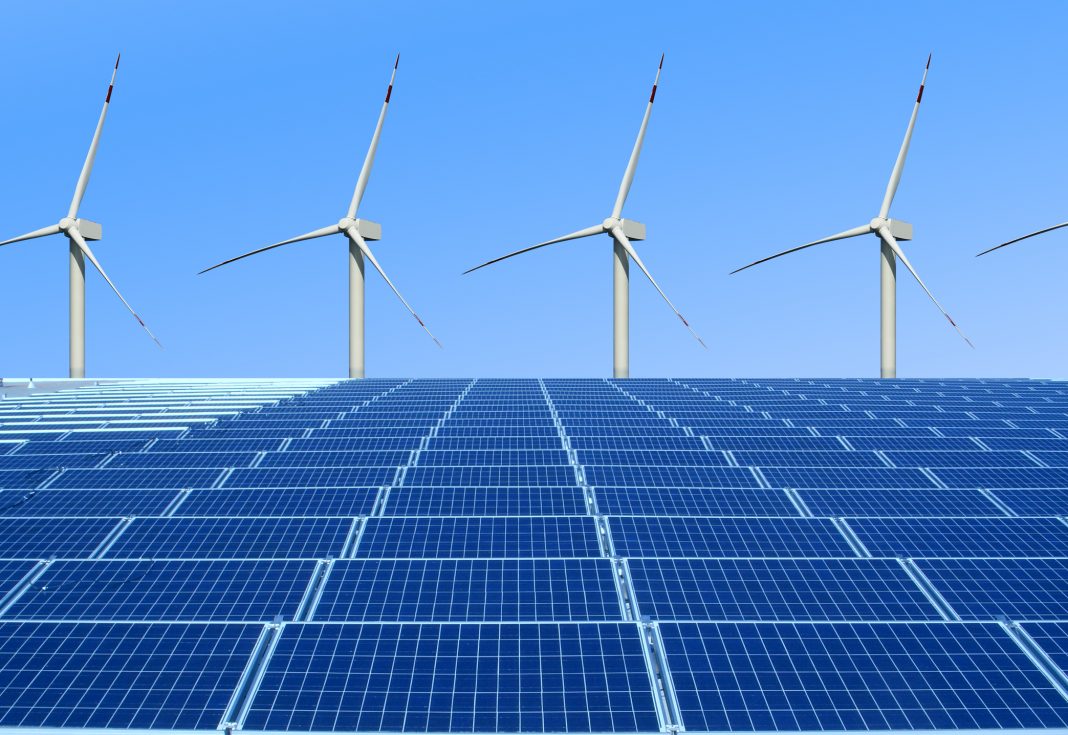Dr Dustin Bauer, Associate, with Georgina Ainscow, Partner, discusses the role of hydrogen in the UK’s transition to net zero
The climate crisis is stimulating enormous changes in industry, society, and politics as the UK’s strives to transition to net zero by 2050. (1) Achieving net zero requires behavioural changes and the concurrent development and deployment of various technologies, including renewable energies (e.g., wind and solar), and electrification of transportation and industry.
Developments in wind (larger turbine blades and improved offshore abilities) and solar (such as improved module efficiencies) have resulted in greater efficiency and reduced costs. This has supported rapid and accelerating deployment of renewable energy generation.
Hydrogen’s role in the transition to net zero
One oft-cited downside of wind and solar is their inherent intermittency – across hours, weeks, and seasons. By way of example, in the UK, wind power generated an average of 2.63 GW and 14.92 GW, respectively, in the weeks commencing 8th August 2022 and 26 December 2022.
As more renewable power is generated and base load generators such as coal power plants are decommissioned, more energy must be stored at times of high generation for release during periods of high demand.
While batteries are one possible solution, they are expensive, have a limited lifetime, and often depend on elements such as cobalt and nickel, which bring environmental and cost implications. Hydrogen offers a possible alternative to batteries. It is not a source of clean energy but can be produced from renewable sources and is a clean energy vector – the only end product of its use is water.
Other than for the generation of clean electricity, hydrogen could also be used to directly power vehicles to electrify the transportation sector. However, battery electric vehicles look set to dominate personal transport. Whether heavy goods vehicles and other heavy equipment will rely on batteries or hydrogen in future is still up for debate, with the UK government recently offering £140 million in funding for both hydrogen fuel cell trucks and battery trucks.
Hydrogen is also being investigated for heating of homes, (2) and may substitute gas in some industrial processes, in combustion engines, and aviation and shipping.
Indeed, Bloomberg NEF’s Hydrogen Economy Outlook argues that hydrogen could meet up to 24% of the world’s energy needs by 2050. (3)
The transition to net zero has a long way to go
We’ve a long way to go to reach that target. “Green hydrogen” produced by water electrolysis (using renewable energy to split water into hydrogen molecules and oxygen molecules) made up only 1% of global hydrogen production in 2021. (4) But efforts to rapidly increase the proportion of green hydrogen being produced are underway.
Patent data illustrates this trend: the number of international patent families (IPFs) – inventions for which patents have been filed in a number of different countries, and which may therefore be considered “high value” – for hydrogen-based propulsion technologies grew by 265%, 344%, and 533% in automotive, aviation, and shipping, respectively, between 2011 and 2020. (5) Similarly, the number of IPFs relating to water electrolysis increased from 140 in 2011 to 375 in 2020. (6)
When considering only IPFs, Japan (24%) and the EU (28%) account for the highest proportion of patent applications in hydrogen technologies (2011 to 2020). The UK accounts for about 3% of IPFs.

The UK, a hydrogen superpower?
With all these benefits and potential applications, why is hydrogen not being used more widely? There are some remaining barriers to hydrogen adoption: hydrogen production remains costly, and the current hydrogen infrastructure is lacking. Further development is also required to make hydrogen gas storage and transportation feasible for the mainstream.
While many challenges remain, opportunities for companies and investment are abundant.
The UK’s abundant wind resources may allow generation of large quantities of green hydrogen. The UK Government is investing up to £240 million via the Net Zero Hydrogen Fund, (7) and has been developing an investor roadmap, business models and low carbon standards.
As the UK presently accounts for only 3% of IPFs in hydrogen technologies, this funding and natural resources may help the UK to become a market leader in hydrogen.
The role of patents
Patents are an important tool in securing a share of this investment.
Obtaining a granted patent is no trivial matter. Applications go through rigorous examination to ensure the concept for which protection is applied is sufficiently different to what is already known in the field. However, once granted, a patent represents a significant commercial reward, providing a monopoly to make, sell or otherwise use the concept covered by the patent.
Proprietors might choose to licence to other parties, thereby ensuring a revenue stream, or to stop their competitors from doing the same thing. These rewards might seem some way off when innovators are engaged in early-stage R&D. However, they are attractive to investors and well worth considering.
References
1. https://assets.publishing.service.gov.uk/government/uploads/system/uploads/attachment_data/file/1033990/net-zero-strategy-beis.pdf
2. https://assets.publishing.service.gov.uk/government/uploads/system/uploads/attachment_data/file/1044598/6.7408_BEIS_Clean_Heat_Heat___Buildings_Strategy_Stage_2_v5_WEB.pdf
3. https://data.bloomberglp.com/professional/sites/24/BNEF-Hydrogen-Economy-Outlook-Key-Messages-30-Mar-2020.pdf
4. https://www.irena.org/Energy-Transition/Technology/Hydrogen#:~:text=Electricity%20had%20a%20global%20average,is%20produced%20with%20renewable%20energy
5. https://documents.epo.org/projects/babylon/eponet.nsf/0/57E3828C4D9EAF12C1258918005B7504/$File/hydrogen_patents_for_a_clean_energy_future_2023_key_findings_en.pdf
6. https://documents.epo.org/projects/babylon/eponet.nsf/0/9C24662A1E0C3B7DC125883F0045C644/$File/patent_insight_report_innovation_trends_for_electrolysers_in_hydrogen_production_en.pdf
7. https://www.gov.uk/government/publications/net-zero-hydrogen-fund-strand-1-and-strand-2











